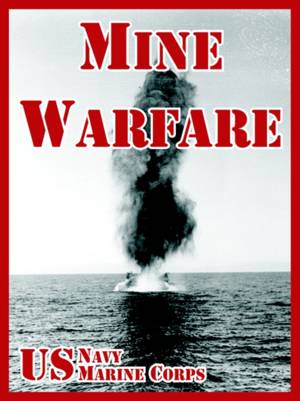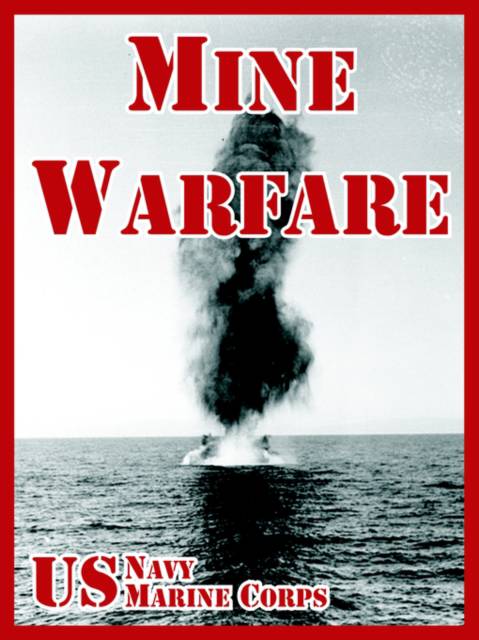
- Retrait gratuit dans votre magasin Club
- 7.000.000 titres dans notre catalogue
- Payer en toute sécurité
- Toujours un magasin près de chez vous
- Retrait gratuit dans votre magasin Club
- 7.000.0000 titres dans notre catalogue
- Payer en toute sécurité
- Toujours un magasin près de chez vous
Description
Since the invention of the Bushnell Keg in 1776, mine warfare has been an important element of naval warfare. The use of mines and countermeasures to mines has figured significantly in every major armed conflict and nearly every regional conflict in which the United States has been involved since the Revolutionary War. Mine warfare has been increasingly important and effective since World War I. Mines presently on the world arms markets are relatively inexpensive, easy to procure, reliable and effective, and difficult for intelligence agencies to track. The mine, as a weapon system, has an extremely favorable investment return (cost of mine to cost of damage ratio) for the miner. Despite the logic and effectiveness of maintaining the mine element of war at sea on an even footing with the other naval warfighting specialties, throughout its history, the U.S. Navy has devoted proportionally fewer resources to mine warfare. As a result, despite the emergence of the U.S. Navy as the world's premier maritime power whose individual warfighting capabilities generally are superior to those of other navies, its mine countermeasure capabilities have lagged behind. The old adage that those who will not learn the lessons of history are doomed to repeat them has persistently applied to the mine warfare aspect of the U.S. Navy. North Arabian Gulf operations of the U.S. Navy in Desert Storm contain some bitter experiences, including the mission-aborting mine strikes to two major warships, as well as the controversy over the decision not to land U.S. Marines in Kuwait. Despite the unfortunate nature of the initial Desert Storm experience and the need to recapture expertise in MCM, the U.S. Navy and Allied navies did have substantial success in countering the nearly 1,300 naval mines deployed by the Iraqis and emerged victorious in the MCM element of Desert Storm warfighting as in the other aspects of that war. This positive conclusion to the mine clearance campaign in the North Arabian Gulf was because of the unparalleled material and logistics support from the Department of the Navy's shore establishment and the cooperation of many allied nations in the coalition effort. In addition to national support and multinational cooperation, the enabling elements of this success were the ability of the American Bluejacket to learn and adapt quickly, combined with good tactical command in the fields. Of special note is that as the course of the mine clearance campaign progressed, the Naval Component Command leadership came to understand, appreciate, and support the complex warfighting nature of mine clearance operations.
Spécifications
Parties prenantes
- Auteur(s) :
- Editeur:
Contenu
- Nombre de pages :
- 140
- Langue:
- Anglais
Caractéristiques
- EAN:
- 9781410220363
- Date de parution :
- 14-02-05
- Format:
- Livre broché
- Format numérique:
- Trade paperback (VS)
- Dimensions :
- 210 mm x 279 mm
- Poids :
- 331 g

Les avis
Nous publions uniquement les avis qui respectent les conditions requises. Consultez nos conditions pour les avis.






